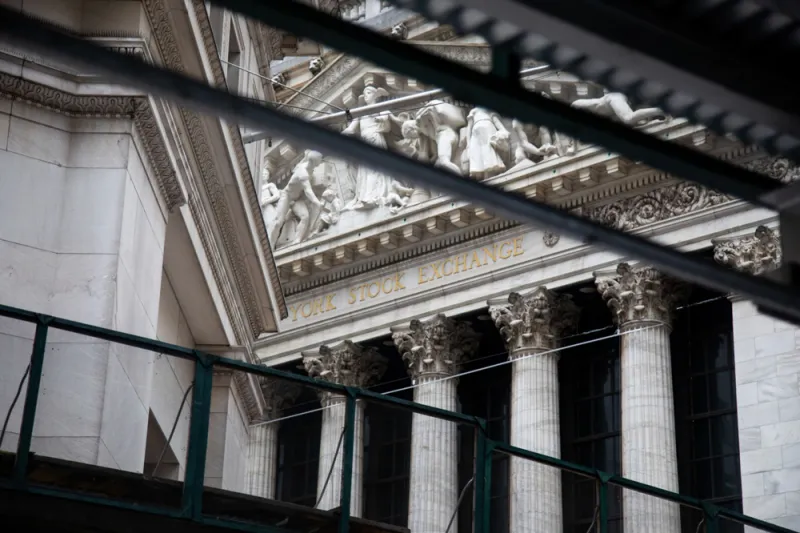The markets have rebounded over the last two months, and so have growth stocks.
According to the latest factor performance report by Investment Metrics, a Confluence company, growth equities beat value stocks for the second month in a row in July. Half of the growth subfactors outperformed the broad U.S. market, while all value subfactors except one lagged the benchmark.
The strong economic cycle has fueled the boom of growth stocks in the past decade. In the first half of 2022, however, growth largely gave way to value as investors took on more defensive strategies amid the market downturn. Some renowned quantitative managers, such as GMO and AQR, expected the reversal of value and growth to last at least until year-end. But the outperformance of growth stocks in the past two months has put a question mark on value’s comeback.
Steve Reid, client success manager at Style Analytics, which is owned by Investment Metrics, told II that he’s observed the potential for “a peak of performance for value and maybe a reversion back toward a growth trend” over the past three months. The European markets have behaved similarly. All value subfactors underperformed their benchmark in July, with cash flow yield and the sales-to-price ratio underperforming by more than 1 percent. All growth subfactors outperformed by at least 30 basis points, according to the report.
But there are still factors that could jeopardize the performance of growth equities in the following months. According to Investment Metric’s senior consultant, Jim Monroe, such factors include rising interest rates, declining consumer confidence, and even a potential contagion effect from the slowing Chinese economy. “A lot of the gains of value we saw through April and the preceding several months [were due to] higher rates and higher inflation,” he said. If the central bank keeps raising rates aggressively to curb high inflation, value might dominate the market again.
Monroe added that the inventory-to-sales ratio might also provide some guidance to factor performance in the second half of the year. Retailers have been responding to supply chain disruptions by increasing capacity and production, but they may have an overstocking problem if consumer confidence declines, according to Monroe. “If you have increasing inventory but not enough demand to move that inventory, you should see prices [of retailer stocks] decline,” he said. If this happens on a mass scale, the market would enter a bear cycle and value would pick up again.
“It’s been a two-month rally for growth, but there’s going to be a lot of risk that could bring value back into favor,” Reid concluded. “Any kind of increasing rates [or] geopolitical disruption would be more awful to growth [than to value].”







